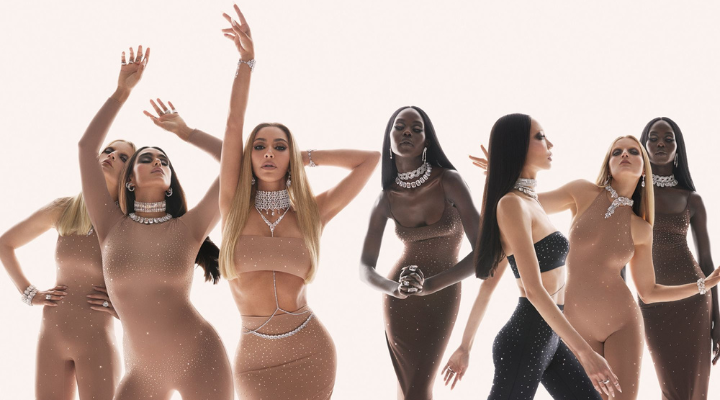Brett Blundy’s return to the lingerie and sleepwear market is being closely tracked by retail industry insiders and outsiders alike. Earlier this month, Inside Retail reported that Brett Blundy’s BBRC new global lingerie, sleepwear and beauty brand is to be named Léays. Blundy has entered and exited the women’s lingerie market several times – founding Bras N Things in the ’80s and growing it to 200 stores nationwide before selling it to a private equity firm. He repurchased the bu
ed the business in 2013 and improved Bras N Things’ profitability by more than 400 per cent, later selling it to Hanes in 2018 for $500 million.
In 2021, Honey Birdette, the lingerie chain founded by Eloise Monaghan, was sold to Playboy owner PLBY Group in a $433 million deal; nearly two-thirds of the business was owned by Blundy.
Léays is to be the next brand in Blundy’s storied past of making millions in the women’s lingerie landscape – except this time his venture will be global.
Now, a Blundy-backed lingerie brand has to compete in a retail landscape where the male-gaze of Victoria’s Secret struggles to stack up to a Kardashian-backed Skims.
Room for one more
Skims founders –Kim Kardashian and Emma and Jens Grede, have scaled their idea of an inclusive undergarment brand with pieces in nine skin tones and sizes from XXS to 4XL into a US$4 billion valuation.
According to Rosanna Iacono, the Kardashian-Grede success story of Skims doesn’t mean there isn’t room for another brand in the market. Instead, Skims should act as a template for any organisation wishing to create a new brand.
“Skims’ success demonstrates a couple of things – firstly, that there is always room even in a saturated market for a new point of view, which is exactly what Skims has done with its pared-back aesthetic and focus on inclusivity through skin shades,” Iacono, CEO of The Growth Activists, told Inside Retail.
“Secondly, it demonstrates that being in sync with popular culture and emerging values is critical – as a brand it has a strong counter-cultural positioning, being less about the male gaze (which was what Victoria’s Secret was all about) and more about self-defined empowerment and the shift to embracing new and broader standards of beauty,” she added.
The takeaway for Léays – and any emerging brand – should not be the power of celebrity but the importance of tapping into the cultural zeitgeist. Something Victoria’s Secret has struggled to do since the fall of its angels and annual fashion show.
Iacono believes two main problems prevented Victoria’s Secret from making a successful entry into the Australian market. By the time it launched in 2018, too many local players had already adopted the VS aesthetic in its absence and its arrival came after its popularity had already waned.
“The bottom line was that the name alone was not enough to break into an already crowded market,” stated Iacono.
“So I’d say the main lesson to take away for Léays is to not rely on an aesthetic that has taken off overseas. To have true global appeal, it will need to develop its own highly defined aesthetic and brand identity,” she added.
“This requires an investment in the very best design, merchandising and brand talent.”
Don’t snooze on sleep
While lingerie is already a proven category for Blundy, the biggest opportunity may be in sleepwear.
“The biggest gap continues to be in sleepwear – there is no stand-out player that comes close to Peter Alexander’s dominance in this category,” elaborated Iacono.
“With a clearly defined brand DNA which is all about fun and playfulness through print and licensed collaborations, there is no brand that comes close to their level of brand prominence for the sleepwear category,” she added.
From Iacono’s perspective, there is a huge opportunity in the domestic market for a lingerie brand to cut through with a strong and unique sleepwear leaning. But it will require a highly defined aesthetic and brand DNA.
“If a brand can deliver uniqueness that taps into popular culture and a brand DNA that can create a powerful emotional connection with the customer, there is always room for a new brand to enter and eventually lead,” concluded Iacono.
“It must of course be backed by operational know-how (which BBRC of course has in bucketloads), but it’s the unique creative vision that will make the difference.”







